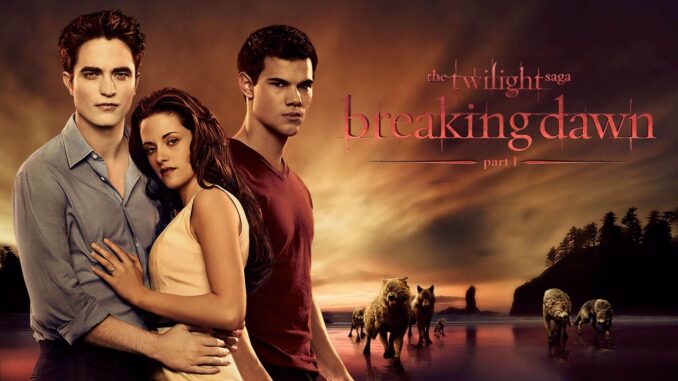
Fangs, Flannel, and Forever: The Enduring Allure of Twilight Two Decades On
The flickering screen illuminates a generation’s memories. Twenty years. A lifetime in pop culture years. Yet, here we are, queued outside the local multiplex, tickets clutched tight, ready to revisit the world of Forks, Washington, and the eternally young inhabitants of the Twilight Saga. The air crackles with a palpable, almost electric, anticipation. This isn’t just a movie re-release; it’s a pilgrimage. A nostalgic return to a landscape of forbidden love, sparkling vampires, and simmering werewolf angst, a landscape etched into the DNA of a specific moment in time.
The enduring appeal of the Twilight Saga, despite its often-derided dialogue and melodramatic plot, lies in its ability to tap into fundamental human desires. At its heart, it’s a tale of first love, a potent cocktail of longing, insecurity, and overwhelming devotion. Bella Swan, the perpetually awkward and self-effacing protagonist, is the ultimate every-girl, relatable in her ordinariness. She is the audience stand-in, thrust into a world of extraordinary beauty and danger, chosen by the perfect, unattainable boy. This wish fulfillment, the fantasy of being seen and cherished for who you are, imperfections and all, is a powerful lure, particularly for a young, predominantly female, audience grappling with their own identity and burgeoning desires.
Furthermore, Twilight masterfully exploits the trope of the forbidden romance. Edward Cullen, the brooding, centuries-old vampire, embodies the allure of the dangerous outsider. He is the epitome of the “bad boy,” with a tortured past, supernatural powers, and a dark secret that keeps him teetering on the edge of morality. The forbidden nature of their love, the inherent risk of their relationship, only intensifies the passion and the stakes. Their romance is a constant dance on the precipice of destruction, a thrilling and terrifying prospect that resonates deeply with the desire for excitement and the willingness to risk it all for love.
Beyond the romance, Twilight also offers a compelling escape into a world of supernatural possibilities. The vampires and werewolves, reimagined with a modern twist, are not the traditional monsters of horror films. They are beings with their own complex societies, rules, and moral codes. The sparkling vampires, a controversial deviation from traditional lore, ironically became a symbol of the series’ unique and unapologetically romantic interpretation of the supernatural. The Quileute werewolves, protectors of their land and fiercely loyal to their pack, provide a contrasting but equally compelling alternative to the Cullen family’s refined elegance. This world-building, however flawed and fantastical, provides a rich tapestry for the characters to inhabit, a place where ordinary rules don’t apply and anything seems possible.
Of course, the Twilight Saga is not without its detractors. Critics often point to its problematic themes of obsession, unhealthy relationships, and the romanticization of codependency. Bella’s unwavering devotion to Edward, bordering on self-destruction, can be interpreted as a dangerous message to young women. The constant power imbalance between the two characters also raises concerns about the dynamics of consent and control. However, even these criticisms contribute to the ongoing conversation surrounding the series, prompting discussions about the complexities of love, identity, and the responsibility of popular culture.
As the lights dim and the familiar opening notes of Carter Burwell’s score fill the theater, the audience collectively exhales, a shared breath of nostalgia and anticipation. For some, it’s a chance to relive a cherished childhood memory, a reminder of a time when sparkling vampires and epic love triangles seemed like the most important things in the world. For others, it’s an opportunity to revisit a cultural phenomenon with a more critical eye, to examine its flaws and appreciate its enduring appeal. Regardless of individual motivations, the return of the Twilight Saga to theaters is a testament to its enduring impact on popular culture, a reminder of the power of forbidden love, supernatural fantasies, and the enduring allure of a world where anything is possible, even forever. The fangs, flannel, and fervent devotion are back, proving that even after twenty years, the Twilight Saga still holds a powerful, albeit slightly sparkly, grip on our collective imagination.
